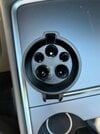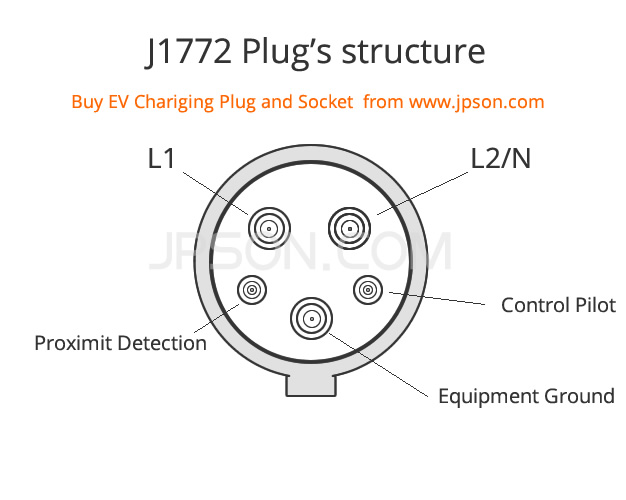I have ShellRecharge Level 2 Chargers that a friend using to charge his 2023 Model 3. He uses the SAE J1772 Charging Adapter. On two occasions, he has come back to his car and found the adaptor warm/hot and been unable to easily pull it off the charger head, after which, he is unable to use the adapter again because it has warped from the heat and no longer will fit onto the Level 2 charger. Tesla gave him a replacement charge the first time at no cost because it’s been under a year, but were unable to explain the cause. I also have a Tesla (Model Y) and use the same chargers with no issues.
Thoughts on what the problem could be? Adapter, how the Model 3 chargers, or the chargers themselves (which sometimes switch on and off - potentially causing a surge of power). Please see photo below of the second, damaged adapter. Thanks!
Thoughts on what the problem could be? Adapter, how the Model 3 chargers, or the chargers themselves (which sometimes switch on and off - potentially causing a surge of power). Please see photo below of the second, damaged adapter. Thanks!





